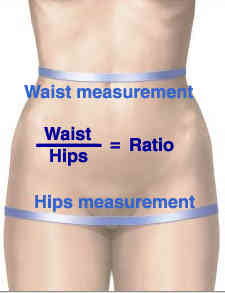Early and appropriate resuscitation is critical in any severely injured trauma patient. Typically, the trauma team assesses the patient upon arrival and makes a determination as to what type of resuscitation fluids are most appropriate. If blood is judged to be necessary, individual units can be given, or the massive transfusion protocol (MTP) can be activated.
I’ve previously written about two objective methods to assist in the decision to activate your MTP, shock index (SI) and assessment for blood comsumption (ABC). These have traditionally been applied once the patient arrived. What would happen if you used prehospital information to calculate the ABC score and were able to activate your MTP sooner rather than later?
The group at the University of Colorado in Aurora studied this concept. The charge nurse captured information to calculate the ABC score from the initial prehospital information received by phone while the patient was enroute. He or she would then activate the MTP in order to have blood products delivered as close to patient arrival as possible.
They reviewed their experience over a 29-month period. The first 15 months used their original system, calculating ABC on arrival and then deciding whether to activate MTP. During the final 14 months, it was calculated prior to patient arrival and the MTP was “pre”-activated when the score was 2 or more. The primary outcome studied was mortality, and secondary variables were appropriate activation of MTP, and adherence to balanced resuscitation ratios.
Here are the factoids:
- A total of 119 patients with hypotension and/or MTP activation were studied; 24 occurred pre-implementation and 95 post
- Pre-implementation, 63% of 24 hypotensive patients had MTP activation and only 6 (40%) received blood. Only 2 patients (33%) had RBC:FFP ratios between 1:1 and 2:1.
- Post-implementation, 98% of hypotensive patients had MTP activation, a 6-fold increase
- Also post-implementation, 42% of the activations received the blood, and balanced product ratios increased to 77%
- Overall mortality decreased from 42% to 19% after implementation, all of which occurred in the penetrating injury group
- Hospital and ICU lengths of stay were unchanged and there were no readmissions
Bottom line: The authors actually rolled two studies into one here. The main focus of the paper was to look at use of ABC score using prehospital information, but they also changed their MTP setup at the same time. During the initial part of the study, they did not have thawed plasma available, so the first cooler contained only red cells. Plasma was delivered when available, usually about 45 minutes after the first cooler had arrived. Post-implementation, thawed plasma was included in the first cooler.
So is the reduction in mortality (only in penetrating injury) due to early availability of the entire cooler, or because the desired product ratios were much more consistently met? Unfortunately, we can’t know.
This is a relatively small study, but the results with respect to blood actually being given, attainment of ratios, and mortality are impressive. Is the takeaway message to activate MTP early based on prehospital info or to make sure all coolers stock plasma? My take is that it’s probably best to do both!
Related posts:
Reference: Effect of pre-hospital use of the assessment of blood consumption score and pre-thawed fresh frozen plasma on resuscitation and trauma mortality. JACS 228:141-147, 2019.


